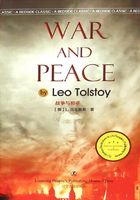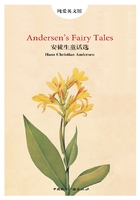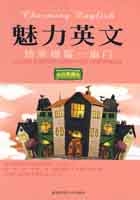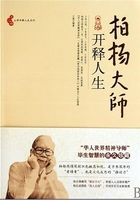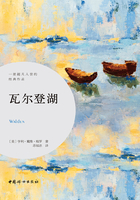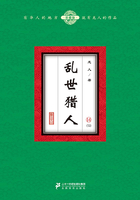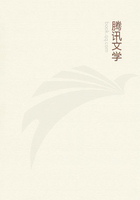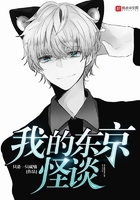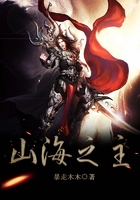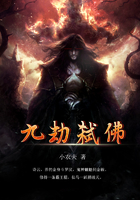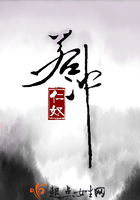On July 23, 1892, following his graduation and first-placing results at the Hong Kong Academy of Western Medicine, Sun Yat-sen began a philanthropic professional pursuit of medicine. He began as a doctor of Western medicine at Jinghu Hospital in Macao, but due to intervention of the Portuguese authorities he later moved to Xianji Street of Xiguan area in Guangzhou, starting his own pharmaceutical business on what is now the north part of Beijing Road. At the same time, he also entered a partnership, starting a smaller franchise outlet in Xiangshan County. This pharmacy is located on today's Sunwen Road. It could be said that this road captures his journey from curing human illness to curing a country's economy and government.
My series of interviews in Zhongshan were a discovery of Xiangshan culture, but also an acquaintance with the making of modern China. All of those great figures from Zhongshan, once active in building and reforming modern China, have given us a clear blueprint for China's future. This is the unique and precious gem of Zhongshan.
I journeyed all the way from Sunwen Road to Cuiheng Village, in search of the heart of Chinese democratic reform—the Former Residence and Memorial of Sun Yat-sen. This was both his birthplace and the place where he began his journey to "save a nation" with the composition of his recommendation to the then Prime Minister Li Hongzhang.
When compared with the modern memorial now standing nearby, Sun Yat-sen's residence has a striking historical ambience. The relics of history will always be more vivid, more substantial and more moving than anything we can put into a glass case exhibition.
After I passed through the Western-style courtyard gate, the first thing I noticed was a tamarind tree—a tree which had grown from the seeds Sun Yat-sen brought back from his trip to Honolulu in 1883 and planted himself. Despite the passing of over a century, the tree remains, as vibrant and full of life as before. Just as the fields cultivated by Sun's ancestors were coined "the dragon fields," this tamarind tree was the first of famous trees in the birthplace of Sun Yat-sen, which was named "sleeping dragon."
A few steps forward is a small west-facing two-story residence. Sun Yat-sen designed it, and his older brother Sun Mei paid for the construction. Legend has it that Sun Yat-sen was the only resident to build a west-facing residence in a town of completely east-facing residences. This is probably a reflection of his tendency to swim against the current, even from his youth.
The red brick and wood house is immediately identifiable as a fusion of Chinese and Western architectural styles, both stories furnished with seven decorative arched doors, the roof embellishing an aureole under which is a flying eagle with a coin in its mouth. The interior of the house follows traditional Guangdong architectural style—a central hall, surrounded on the left and right by two side rooms, and four grey walls, divided by white lines. At the back of the first level is his mother's bedroom, and to the left of the hall is Sun Yat-sen and his former wife Lu Muzhen's bedroom; to the right Sun Mei and his wife surnamed Tan's bedroom. On the second floor, the middle is empty, to the back is a shrine, to the left a guestroom and to the right Sun Yat-sen's study.
I spent countless hours lingering and pondering in Sun Yat-sen's study that day. My eyes were fixed upon that wooden armchair next to the window, the dusty old desk and oil lamp, imagining him sitting there back in January 1894, not leaving the house for ten full days, passionately writing that proposal to Prime Minister Li Hongzhang. Due to his submission time just before the Sino-Japanese war of 1894-1895, his proposal was received coldly, but became a defining turning point in his journey to democratic reform.
Stepping out of Sun Yat-sen's study, I felt an instant rush—I was filled with enthusiasm, and was ready to set forth on my journey to Tianjin, to Beijing, in search of those defining footprints left behind by this great reformist…
IN JUNE 1894, Sun Yat-sen and companion Lu Haodong went from Guangzhou northward to Beijing and Tianjin to submit their recommendations to Prime Minister Li Hongzhang. A hundred and four years later, I departed from the young Chinese city of Shenzhen, following the very same path in search of answers to the secrets of history.
In the modern Beijing of late July 2008, a fresh, urban city of the 21st century is an unfamiliar one. The massive new airport terminal, the Bird's Nest, the Water Cube and a plethora of other postmodernist buildings are strikingly distant from traditional impressions of the ancient city, blurring history and memories of the past in a rapid spiral of modernization. But at the same time, the warm welcoming smiles of volunteers at every corner and the flowers everywhere in the atmosphere as the Olympics drew near tried to bring the city closer to the world.
After a century of great changes, the Beijing Sun Yat-sen visited on his first journey is long gone. But no matter how great the changes or how modern the city becomes as it develops, it will always capture within in the cultural relics and memory of Sun Yat-sen and his plight.
In the 1920s, the central Chang'an Avenue was originally named Zhongshan Road. However due to the later construction of Tian'anmen Square, Zhongshan Road was absorbed by Chang'an Avenue. When celebrations are held on this famous location, the former location of Zhongshan Road is decorated with large portraits of Sun Yat-sen, revering the past among the festivities of today. The terminator of imperial rule and founder of a republic government stands tall at the center of a nation, as his eyes fixate on the nation's development, the changes he influenced and the path ahead…

